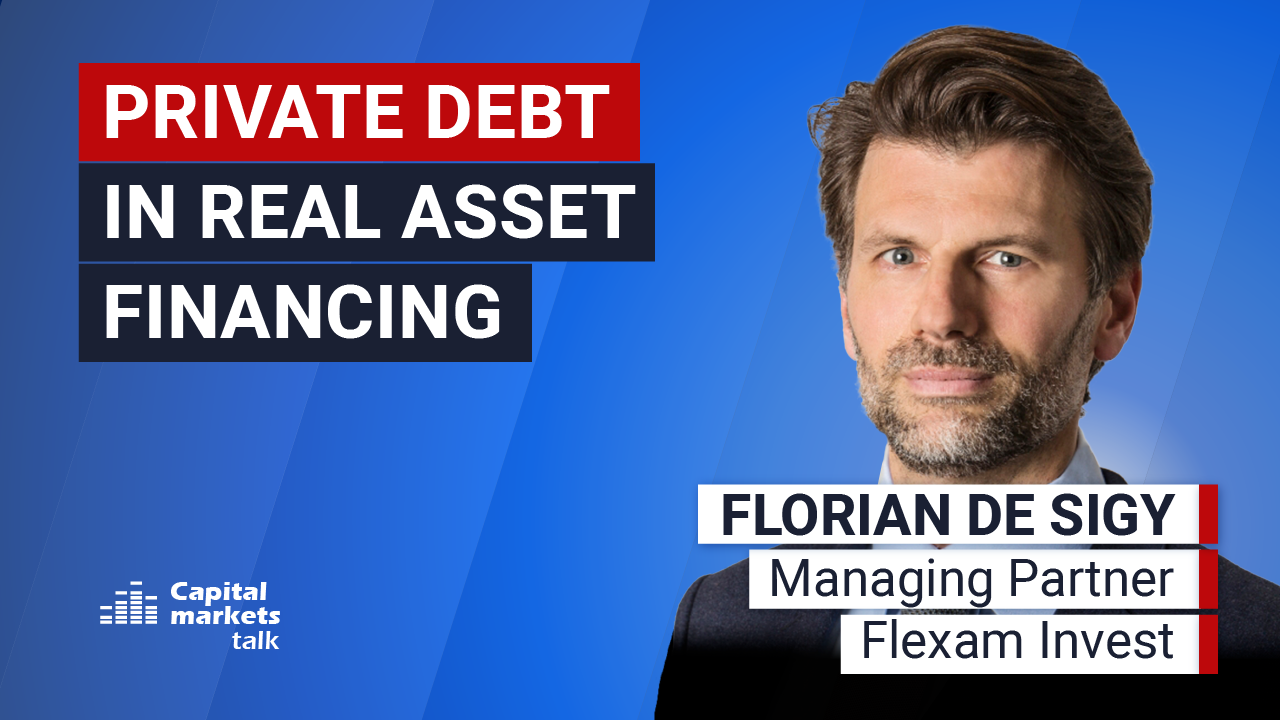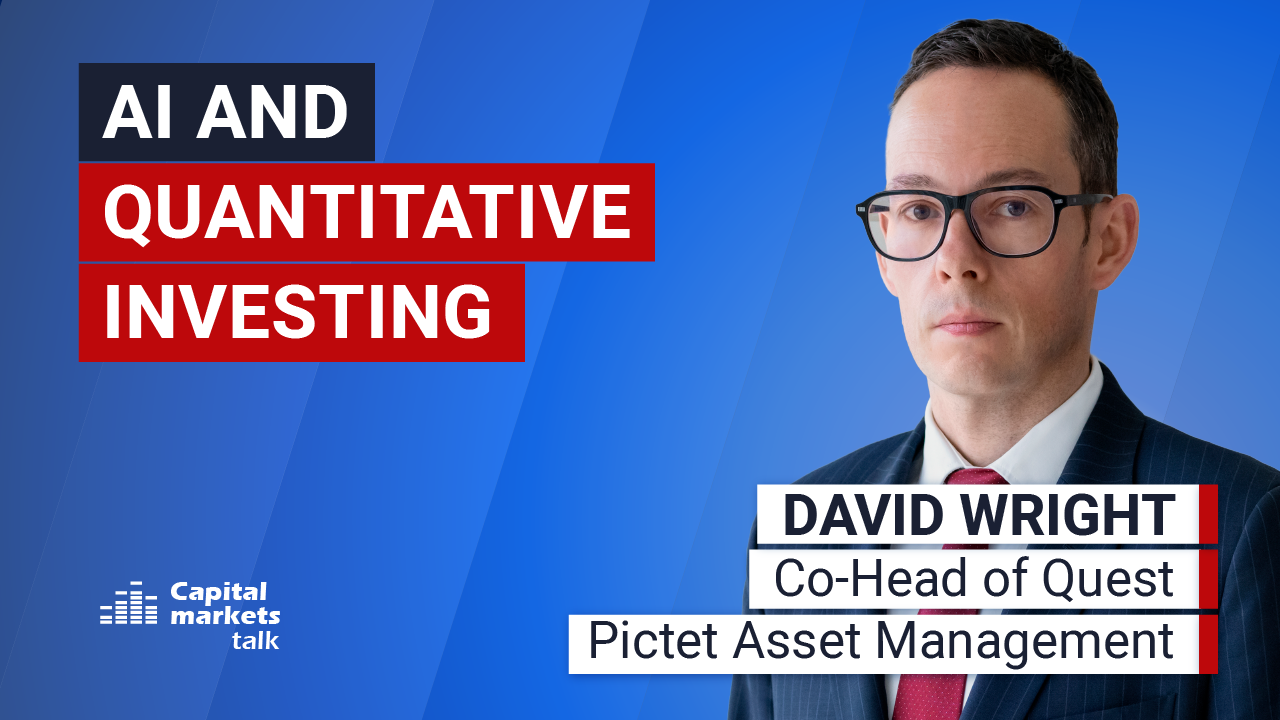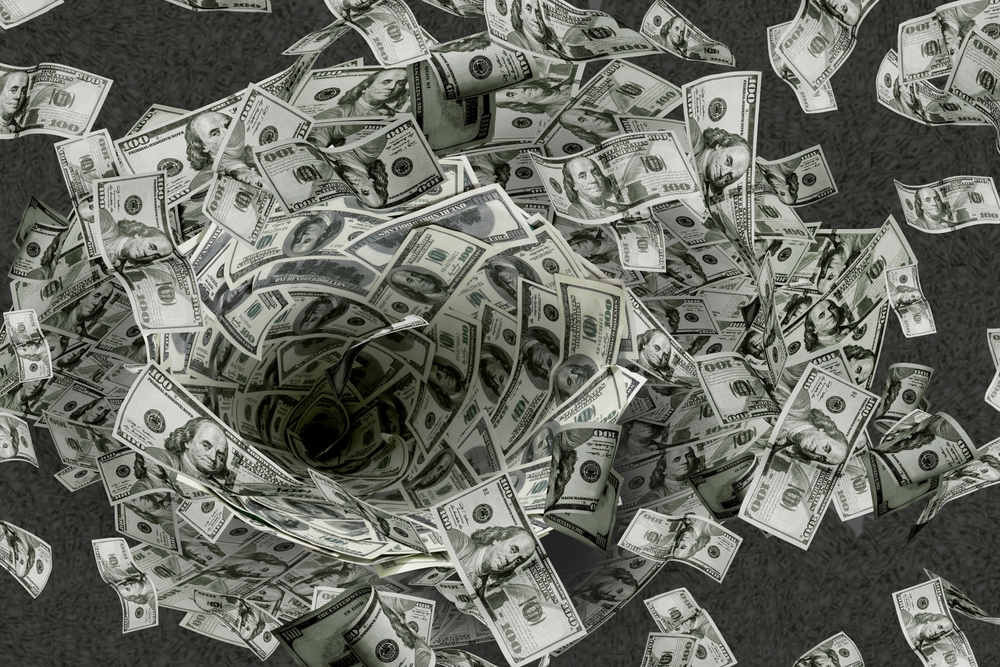The US dollar weakened in April despite rising Treasury yields—a divergence from historical norms. The move followed the White House’s announcement of sweeping tariffs, sparking investor concerns over US growth and future returns. Fears intensified after President Trump suggested replacing Fed Chair Jay Powell, raising doubts about central bank independence. As a result, risk aversion grew, and investors pulled out of dollar assets. A weaker dollar may complicate the bond market outlook, says Charles Schwab. Although Fed rate cuts are still expected, foreign appetite for US debt could wane, opines the asset manager.
“From an investment point of view, diversifying internationally looks like it makes sense in this environment,” opines Kathy Jones, Chief Fixed Income Strategist, Schwab Center for Financial Research. “Although bond yields in most developed countries are lower than in the US, the gain in foreign currency returns can offset the yield gap. International diversification may also help mitigate volatility,” she adds.
Read the full insight here.
Read more

Global Trade
Trump ignites global trade war / Reactions
The USA itself will be the victim of Trump’s trade policy.

Private Debt
The case for private debt in real asset financing
What makes the combination of private debt and real assets particularly compelling in today’s market?

Schroders
Looking ahead: 30-year return forecasts
Higher returns are expected across asset classes, driven by stronger productivity growth for equities and elevated long-term central bank rate projections for bonds.

Quant Investing
AI and quantitative investing
Artificial intelligence applications go way beyond stock selection.

Bellevue Asset Management
Demographics and AI drive MedTech stocks
MedTech investment case: What makes it attractive, which trends stand out?





















